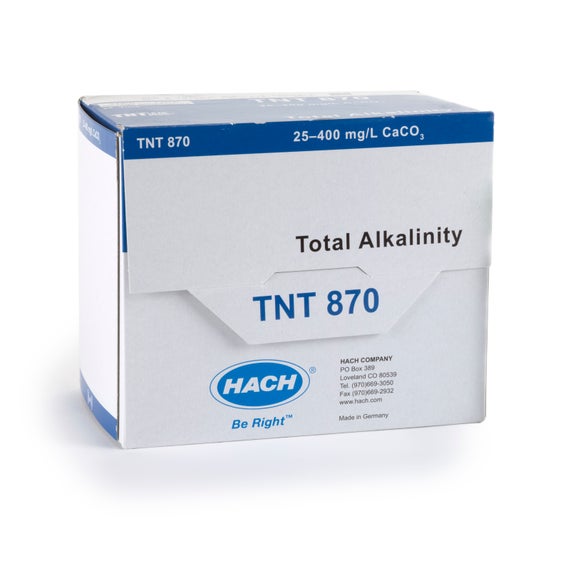- Joined
- Aug 21, 2019
- Messages
- 743
- Reaction score
- 348
Thanks for the response, does each test require a reagent? Or do some compounds that produce color not need reagent and ones that do, do need reagent? What do you test for and do all need reagent?I dont have direct experience with the Hanna checkers. I have no reason to suspect any problems with the hardware.
I chose a spectrophotometer because (a) it's one instrument for all tests, and (b) as I understand it, the Hanna checkers don't allow setting a blank or reading raw absorbance values.
Assuming the Hanna hardware is fine (which I assume), it should be possible to do the same thing with some workarounds using Hanna checkers, assuming you buy one for each wavelength you need.


















